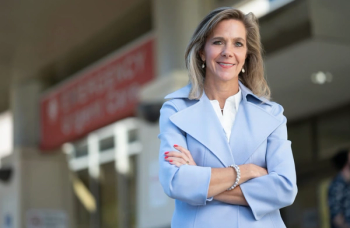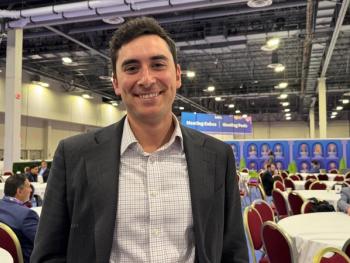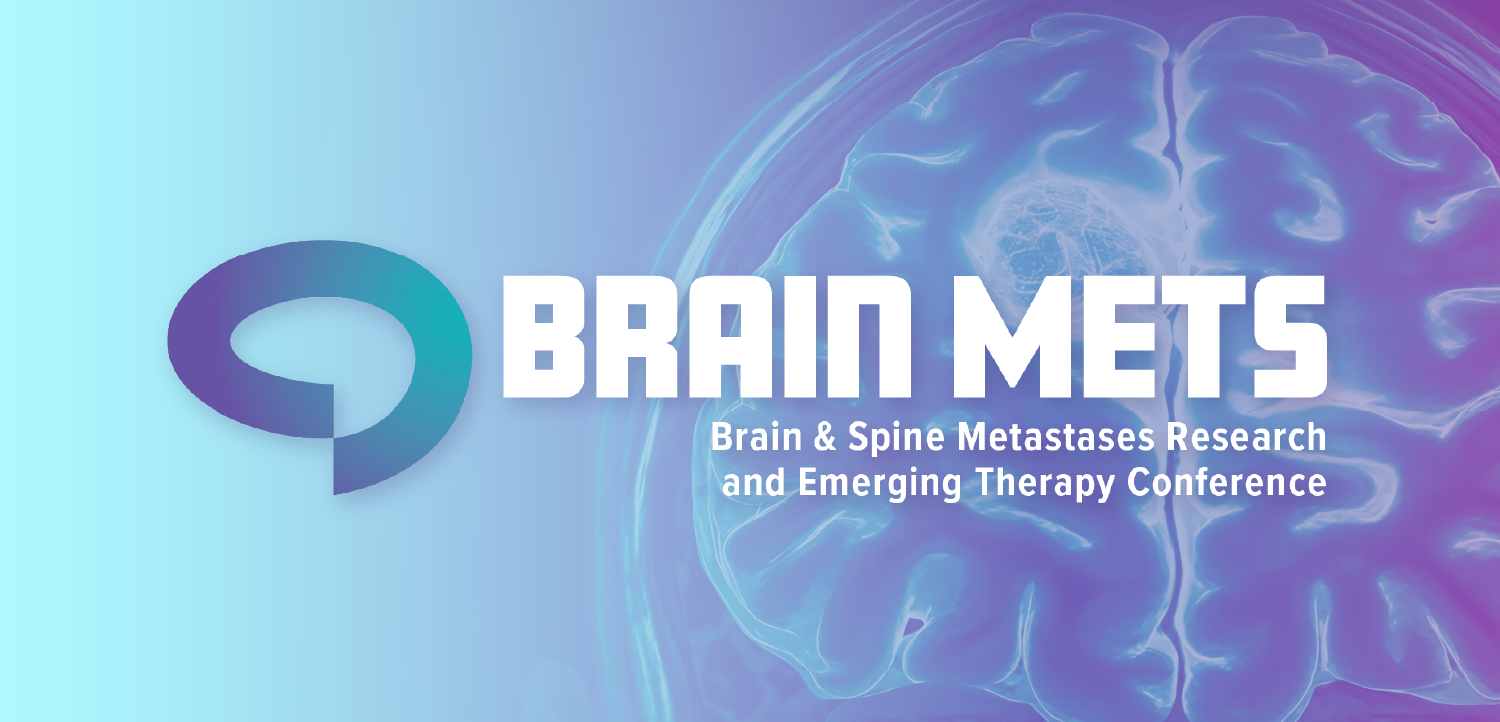
The private sector must help fill the U.S. government’s billions in medical research cuts | Viewpoint
The radical realignment of priorities in Washington means the private sector must step up to remedy this public health crisis.
Amid a sharp decline in federal support for medical and scientific research, the private sector is uniquely positioned to harness technology to mitigate what could otherwise turn into a public health crisis.
First the bad news: the Trump Administration
Without alternative funding, the impact to scientific and medical progress will be
For example, the annual number of cancer cases is expected to increase
The good news is that recent advances in artificial intelligence technology and computer processing power can accelerate the pace of research discovery and lower costs. Leading academic and commercial research institutions are already using these tools to harness the enormous volume of data stored across hospitals, health systems, and clinical data registries to unearth new insights into today’s most pressing health problems.
The radical realignment of priorities in Washington means the private sector must step up to remedy this public health crisis. In addition to financial support, innovative companies and organizations need to offer collaborative guidance.
Leading commercial healthcare, life sciences, technology and business organizations must help academic and research institutions develop and implement new investigative methods that lower their costs through greater efficiency and speed, but without sacrificing the scientific rigor, objective analysis and ethical standards that have made U.S.-led research the most validated and trusted in the world.
Of all the computerized data in the world – from arcane baseball statistics to simulations of nuclear explosions – healthcare organizations hold
But making sense of all of the health data is no easy task, even with the incredible abilities of current computers. That’s because as much as 80 percent of this data is in what is called “unstructured” formats, meaning it is not neatly stored as a number, word or phrase in a standardized format.
Such information could include physician notes, radiology reports, pathology findings, surgical narratives, and countless other free-written documents. If organized en masse, such information could provide a treasure trove of critical insights about disease progression, treatment efficacy, influence of different diseases, and patient outcomes.
Yet, even in 2025, many healthcare and research institutions struggle to efficiently access and analyze this type of data. That means the information is overlooked or clinicians spend hours, days, or weeks searching through records to locate and input meaningful data.
AI is helping to massively reduce these time-consuming, costly data dives. For example, one such research-oriented task involves updating clinical data registries, which are databases of anonymized patient information maintained primarily by medical specialty organizations in cardiology, oncology, surgical specialties, and many others. A 2016 study identified at least 153 such registries in the U.S. with an average of 1.16 million patient records in each.
Hospitals, health systems and other research institutions access these registries to study how patients respond to treatments and to develop new therapies. Providers, in turn, are required to update registries from their patient records to support future research.
However, due to the enormous time and cost commitment, many organizations understandably delay such updates, building up a months-long backlog. Apart from the expense, sporadic updates increase the risk that registry data is incomplete, inaccurate, and unreliable for research.
With a live human clinician supervising its activity, AI technology can eliminate months-long backlogs in hours or days. The technology scans unstructured data, finding relevant information buried in notes, reports, letters, and elsewhere, in a fraction of the time of a human reviewer.
With this technological support, researchers could unearth detailed treatment response patterns across different cancers or subtle differences among patients receiving specific heart procedures, all without requiring new federal research grants to gather new data.
Another time-consuming and expensive process where AI-powered technology from the private sector can help is clinical trial recruitment. Like clinical data registry updates, identifying people who would be suitable candidates for clinical trials of novel drugs or other treatments is still a highly manual, inefficient endeavor. One study found that 80% of clinical trials failed to recruit enough participants to start their research on time, while 55% of trials were abandoned entirely.
Today, academic research organizations, with the help of pharmaceutical company sponsorship, are using AI technology to scan thousands of medical records to identify appropriate trial candidates with unprecedented precision. This is connecting patients with potentially lifesaving experimental treatments while helping researchers maintain momentum in their studies despite broader funding challenges.
While private sector entities should support such medical and scientific research simply because it aligns with their mission and values, there are economic and business benefits as well.
The NIH reports that every dollar spent on research generates more than two dollars in economic activity. By investing in the data infrastructure during funding [contractions], both research institutions and their partners position themselves for accelerated growth when funding hopefully resumes.
More importantly, though, expanded private-sector support and collaboration with research entities means that studies can continue to advance new treatments that could potentially save the lives of our family members and friends across the U.S. and the world.
Lucas Tanner is the chief financial officer at Carta Healthcare.








































